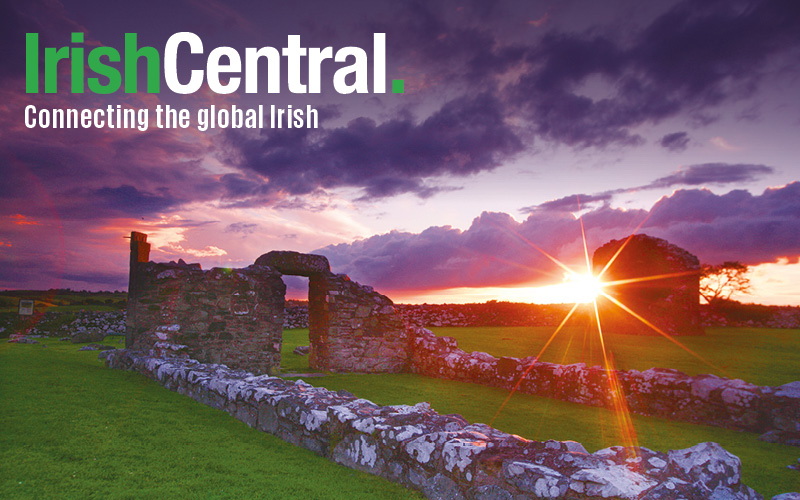The Catholic Church in the U.S. borrowed more than $400 million from Allied Irish Banks to compensate American victims of clerical sex abuse.
The huge compensation sum was paid from loans to the Church from the now state-owned Irish bank in 2007.
A new book entitled "Render Unto Rome: The Secret Life of Money in the Catholic Church" outlines the full extent of the dealings between the Church and Allied Irish Banks.
The $400 million borrowed was used to compensate clerical abuse victims in America and led to AIB becoming known as the Vatican’s banking arm in U.S. legal circles.
The money was raised by way of loans, guarantees and lines and was specifically used to pay-off clerical abuse victims according to the book’s author Jason Berry.
The full details of a payment of $250 million to the Los Angeles diocese – one of four to borrow from AIB – are contained in Berry’s explosive new book which chronicles the extraordinary links between the bank and the church.
The Mail on Sunday newspaper has also established that AIB lent money for abuse settlements to four separate American dioceses in 2007 and the total figure could, according to their research, be as high as $800 million.
The paper also says that "while AIB was used to pay the bulk of the Church’s abuse claims, the dioceses were able to hold on to most of their properties."
In his book, Berry claims that at least 45 of the 194 Catholic dioceses in America banked with AIB.
Berry asks: “Was AIB a pass-through for Vatican funds to help certain dioceses while others had no such advantage?”
Compensation cases have forced American dioceses to file for bankruptcy in recent years as they negotiated settlements with victims.
The Vatican however has refused to fund payments as it is fighting court cases and denying any legal responsibility to pay victims.
Now it transpires, according to the Mail, that as much as half a billion dollars was funded for American dioceses by Allied Irish Banks with the approval of its Dublin headquarters.
The money borrowed is being repaid by the American Church with at least one $40 million repayment – by the Portland diocese in Oregon - funded by borrowings from another creditor.
Portland diocese spokesman Bob Krebs refused to name the lender when contacted by the paper and claimed he did not know who put his Church in contact with Allied Irish Banks.
The Los Angeles diocese was the biggest borrower from AIB with $256 million, half of its total liability, after it opted to settle out of court with abuse victims.
The LA deals included $175m in cash and another $25m to pay the interest and helped Los Angeles avoid selling the bulk of its properties or reveal the true value of its total assets.
In San Diego, according to the Mail, AIB gave cash and credit of some $100m, almost half the $198m paid out to 144 victims.
The San Diego diocese filed for bankruptcy on the eve of the first civil trial against it in a case involving Monsignor Patrick O’Keeffe from Kilkenny.
The Diocese of Portland, in Oregon, also filed for bankruptcy because of compensation actions with $40million, from a total of $129m, funded by AIB.
The Mail also reports that U.S. lawyer Jim Stang, who sat on nine bankruptcy committees charged with looking after victim creditors, said: “We joke that AIB is the bank of the Catholic Church.”
AIB is exposed on several loans on the States. It is owed almost $10m by the diocese of Wilmington in Delaware.
An AIB spokesman said: “AIB’s business focus in America was in the ‘Not for Profit’ areas and this included churches. Any loans advanced were approved in accordance with AIB Group policy. They were standard commercial loans.”
The Los Angeles diocese has denied any involvement from the Vatican in its loan procedure with AIB.
“The allegation of Vatican involvement is complete rubbish,” said a spokesman for the LA diocese.
“The Archdiocese initiated the loan discussions with AIB and other potential lenders in the summer of 2007. An arrangement was closed with AIB in November 2007.
“Settlement related financing was undertaken as a way to allow an orderly liquidation of surplus assets by the Archdiocese, and provided time for the Archdiocese to formulate a post-settlement recovery plan.
“Financing arrangements with AIB or any other potential lender had no impact on the settlement timing or terms. The AIB loan was repaid in full during the 2011 fiscal year.”




Comments